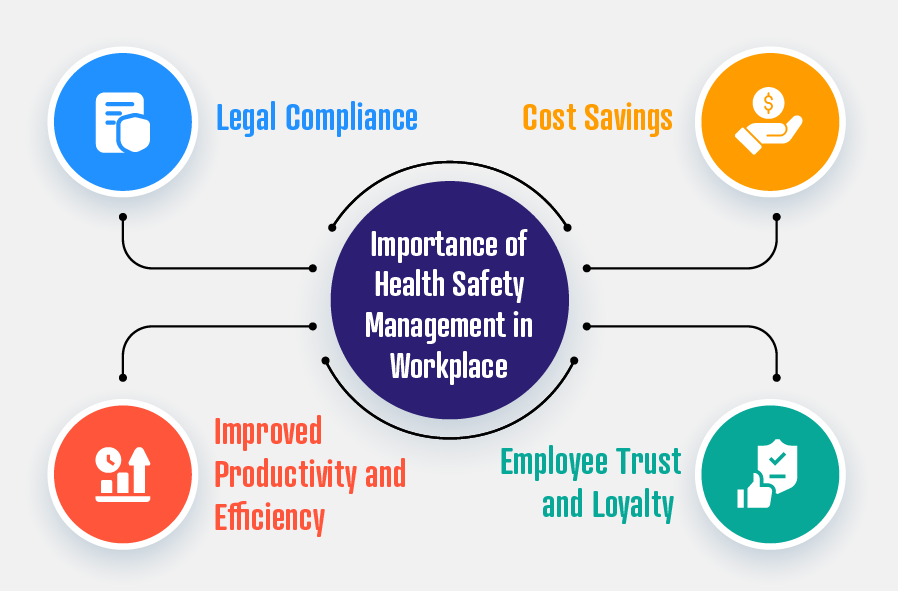Workplace safety is a critical component of any organization’s operations, encompassing the physical, mental, and emotional well-being of employees. Effective safety assessments are vital tools in identifying, evaluating, and mitigating risks in the workplace. They form the backbone of a proactive safety culture, aiming to prevent accidents and illnesses before they occur. This article explores the crucial role of safety assessments in reducing workplace hazards and fostering a safer working environment.
Identifying Hazards
The primary function of safety assessments is to identify potential hazards in the workplace. These hazards can be physical, such as machinery malfunctions or slippery floors; chemical, including exposure to harmful substances; biological, like exposure to infectious agents; or ergonomic, involving repetitive strain or poor workstation design. Regular and thorough assessments help uncover these risks before they lead to accidents or health issues.
Evaluating Risks
Once hazards are identified, the next step is evaluating the risks associated with them. This involves determining the likelihood of an incident occurring and the potential severity of its consequences. Risk evaluation allows organizations to prioritize their efforts, focusing first on the most significant threats. A systematic approach to risk evaluation ensures that no potential danger is overlooked and that resources are allocated efficiently to mitigate the most pressing risks.
Implementing Controls
Safety assessments also play a pivotal role in implementing control measures. Controls can be engineering solutions, such as installing guards on machinery; administrative actions, like changing work procedures; or personal protective equipment (PPE), such as gloves and masks. By identifying hazards and evaluating risks, safety assessments guide the selection of appropriate controls to reduce or eliminate hazards. Continuous monitoring and reassessment ensure that these controls remain effective over time.
Compliance with Regulations
Adhering to local, national, and international safety regulations is a legal and ethical obligation for employers. Safety assessments help ensure compliance by identifying areas where current practices may fall short of regulatory standards. By systematically evaluating and documenting workplace conditions, companies can demonstrate their commitment to meeting safety regulations, thereby avoiding legal penalties and fostering a positive reputation.
Enhancing Employee Awareness
Safety assessments are not only about identifying and mitigating risks but also about raising awareness among employees. Involving workers in the assessment process helps them understand the hazards present in their work environment and the importance of adhering to safety protocols. Training programs and safety meetings, informed by assessment findings, reinforce the significance of safe practices and empower employees to take an active role in maintaining workplace safety.
Reducing Costs
Effective safety assessments can lead to significant cost savings for organizations. By preventing accidents and illnesses, companies can avoid the direct costs of medical expenses and compensation claims, as well as the indirect costs of lost productivity, employee turnover, and damage to equipment. Investing in regular safety assessments is, therefore, a cost-effective strategy for reducing workplace hazards and ensuring long-term financial stability.
Cultivating a Safety Culture
A robust safety culture is characterized by a shared commitment to safety at all levels of an organization. Safety assessments contribute to this culture by highlighting areas for improvement and demonstrating management’s dedication to employee well-being. Regular assessments and transparent communication about their findings help create an environment where safety is a collective responsibility, and employees feel valued and protected.
Role of Health and Safety Consultants
In many organizations, health and safety consultants play a crucial role in conducting safety assessments. These experts bring specialized knowledge and experience, offering an objective perspective that can identify hazards and risks that might be overlooked internally. By leveraging the expertise of health and safety consultant, companies can enhance the effectiveness of their safety assessments, implement best practices, and ensure compliance with evolving regulations.
Continuous Improvement
Workplace safety is not a one-time effort but a continuous process of improvement. Safety assessments are integral to this process, providing a framework for ongoing evaluation and enhancement of safety practices. Regular assessments help identify new hazards that may arise due to changes in operations, equipment, or personnel. They also facilitate the review and refinement of existing controls, ensuring they remain effective in reducing risks.
Conclusion
In conclusion, safety assessments are indispensable in reducing workplace hazards and fostering a safe and healthy working environment. By identifying hazards, evaluating risks, implementing controls, ensuring compliance, enhancing employee awareness, reducing costs, and cultivating a safety culture, these assessments play a critical role in protecting employees and promoting organizational success. As workplaces continue to evolve, the importance of regular, thorough safety assessments cannot be overstated. Investing in these assessments is an investment in the well-being of employees and the long-term viability of the organization.




